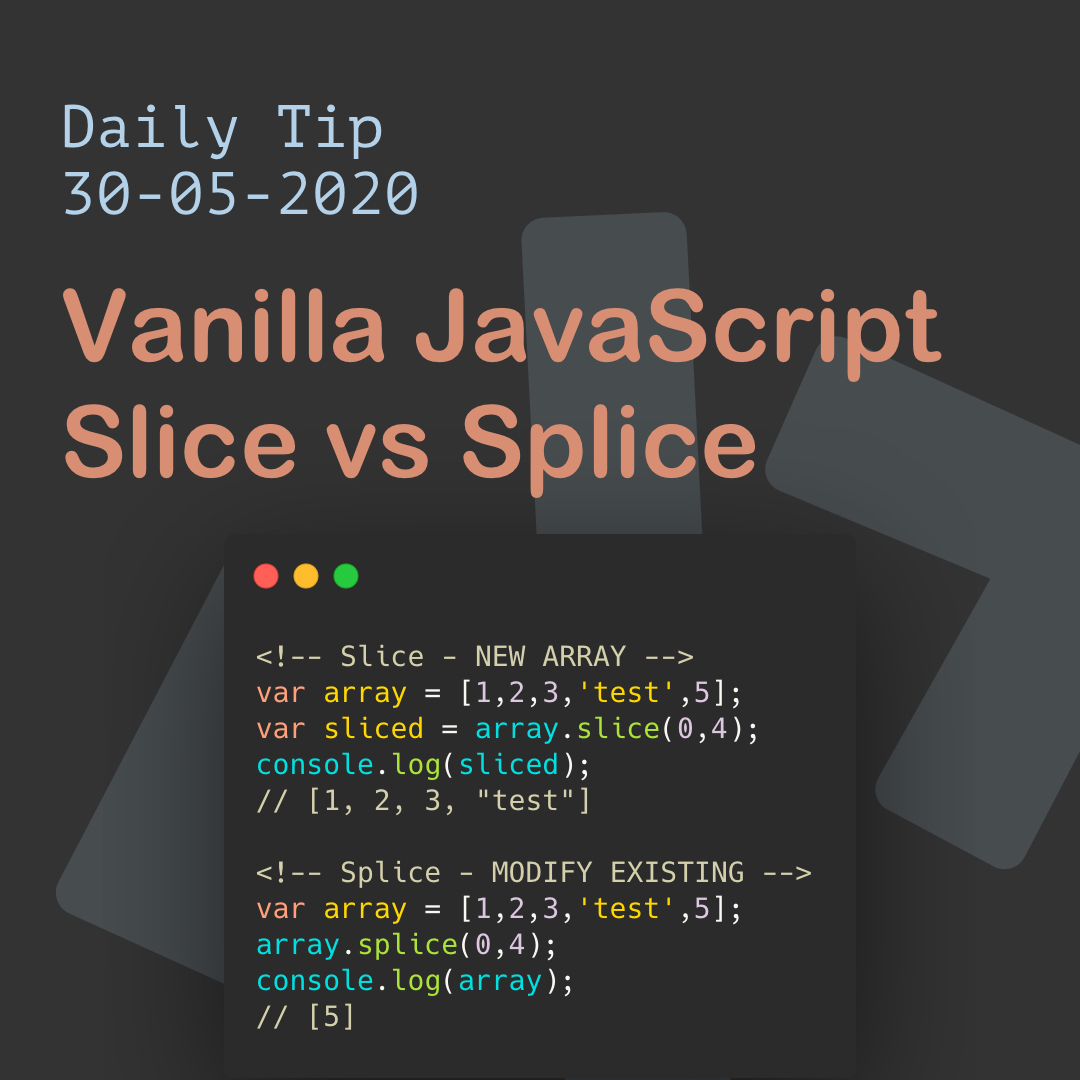

You can see the difference here: the substr( ) method expects the second parameter as a length instead of an endIndex: length: number of characters to be included (optional).The substr( ) method also returns a substring of the original string and expects two parameters as: string.substring(startIndex, length) But I will still briefly explain what it does because you might see it in older projects. The substr( ) MethodĪccording to the Mozilla documents, the substr( ) method is considered a legacy function and its use should be avoided. You can find here my other article about the slice method to see the usage for arrays. Note: We can use the slice( ) method also for JavaScript arrays. If startIndex is a negative number, then the first character begins from the end of the string (reverse):.If startIndex > endIndex, the slice( ) method returns an empty string.If startIndex and endIndex are greater than the length of the string, it returns an empty string.If we set both the startIndex and the endIndex, then we will get the characters between the given index numbers of the original string:.If we don’t set an ending index, then we get a substring starting from the given index number until the end of the original string:.The common points of substring( ) and slice( ) methods: The slice method also expects the same two parameters: string.slice(startIndex, endIndex) The slice( ) method is similar to the substring( ) method and it also returns a substring of the original string. If startIndex > endIndex, then the substring method swaps the arguments and returns a substring, assuming as the endIndex > startIndex.If startIndex and endIndex are both greater than the length of the string, it returns an empty string.If startIndex = endIndex, the substring method returns an empty string.Then we get a substring starting from the 6th character until the end of the original string. However, if we set only a starting index and no ending index for this example: Now if we set the startIndex as 0 and the endIndex as 10, then we will get the first 10 characters of the original string: The first character's index is always 0 Suppose that we have the example string below: const myString = "I am learning JavaScript and it is cool!" endIndex: represents the ending point of the substring (optional).startIndex: represents the starting point of the substring.The substring method expects two parameters: string.substring(startIndex, endIndex) This method basically gets a part of the original string and returns it as a new string. Let’s start with the substring( ) method. You can also watch the video version of the example usages here: 1.
#JS SPLICE SPLIT HOW TO#
Now let’s see how to do that in JavaScript in 3 different ways.

Like in the example above, in some cases we need to get one or more substrings from a complete sentence or a paragraph. "JavaScript is cool!" -> Another Substring What is a Substring?Ī substring is a subset of another string: "I am learning JavaScript and it is cool!" -> Original String But first, let me explain briefly what a substring is.

In this article, you’re going to learn how to get a substring by using 3 different built-in methods. Getting a substring from a string is one of the most common operations in JavaScript. We can use these methods for various operations like searching, replacing, concatenating strings, and so on. Fortunately, there are many built-in methods in JavaScript that help us while working with arrays, strings and other data types. In daily programming, we often need to work with strings.


 0 kommentar(er)
0 kommentar(er)
